Hello from Brooklyn!
My name is Jazlyn & I’m spending my summer at the Center for Urban Pedagogy. You can learn more about me and my organization here! I’ve been here for about a week and it has been quite the wild ride so far. New York City is no joke, and I am slowly developing the quad muscles to prove it.
I have done and learned an incredible amount in the four days that I’ve spent at CUP. I want to share with you all some of the main takeaways that I’ve been mulling over this week.
1) The Power of (Un)Education
The project that I’ll be working on this summer is part of CUP’s Youth Education arm. The programs are called Urban Investigations and the one that CUP is hosting in the summer will be a collaboration between 5 high schools in the Bronx. Urban Investigations are project-based curricula – check out the process in the infographic below.

- How Urban Investigations Work
Our big question for the Bronx UI is, “Why do subways cost what they do? Who decides?” As an Urban Studies major, I heard the topic and I was like, great! Transit! We constantly learn about transit and how it works – I thought I would have a lot to contribute.
However, as I began to do my background reading, and as I began to live in New York, I came to realize how absolutely wrong that was. The New York Subway System is a behemoth of its own, and no amount of knowledge about any other transit system could have prepared me to know the intense amount of politics, money, and social dynamics that go into shaping and maintaining the subway. For instance, did you know that people who ride the subway are colloquially called straphangers? I read an entire article thinking that straphangers was some sort of derogatory term before I asked someone in the office to explain it to me.
As I dove into that research, I was so enraptured by the richness of the topic and complexity of the answer. I began to remember how amazing it is not to know stuff, both as a person and an educator. I expressed this to our director of Youth Ed, Christy, and she said, “That’s the great thing about Urban Investigations. When we pick a topic, we usually don’t know all that much about it, so we’re learning with the students as they investigate.”
For the students, that is such a powerful thing. They will have educators that are relying on them to provide essential components to the project. Without them, we wouldn’t have the answer to our question. That truly, there is no right answer – what they find is our collective truth.
2) Reciprocity
That last note feeds into my next point, which is cultivating reciprocity in service. Reciprocity is a bit of a buzzword in service – it’s something that sounds good and is actually essential to effective service, but in practice is incredibly hard to carry out in a meaningful way. Out of the 3 quarter-long service experiences that I have had in the past year, I don’t know if I successfully implemented it in any of those projects. It was a pretty elusive concept.
That is, until I arrived at CUP. I have seen this in two ways since arriving. On one side, is the reciprocity embedded in their own programming. The UI projects have an incredible amount of reciprocity between the students and their teachers, because they are co-creating knowledge. As I elaborated on above, CUP educators are not experts in every topic that they propose. In fact, a lot of the projects are specific to students’ community context and so often, students have a lot more experiential knowledge about topics than their teachers.
In my personal context, I had an incredible meeting with Christy about what my experience this summer is going to look like. She showed so much care and depth of thought about how my priorities could intersect with needs at CUP, and particularly, the needs that they will have on-site at the Bronx. For instance, one of my priorities is to get hands-on experience with the UI because I will be developing a similar curriculum later for my Urban Studies capstone project this summer. We talked about where my project intersects with Urban Investigations, and what days would be mutually beneficial for me to be on-site. For example, I will be on-site when the students conduct interviews on the street. I will get to see how to teach interview basics and see the activity in action – and I also need to be there to supervise a group so that we can split up. Reciprocity!
That’s it for now – what an amazing week to start off this summer of advocacy, justice, and growth!
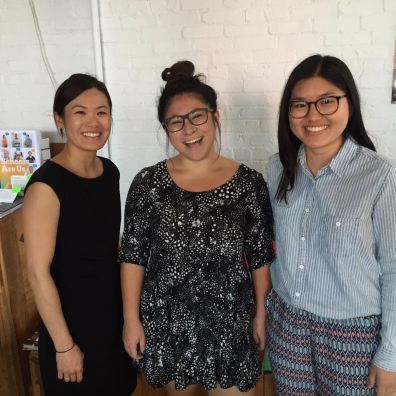

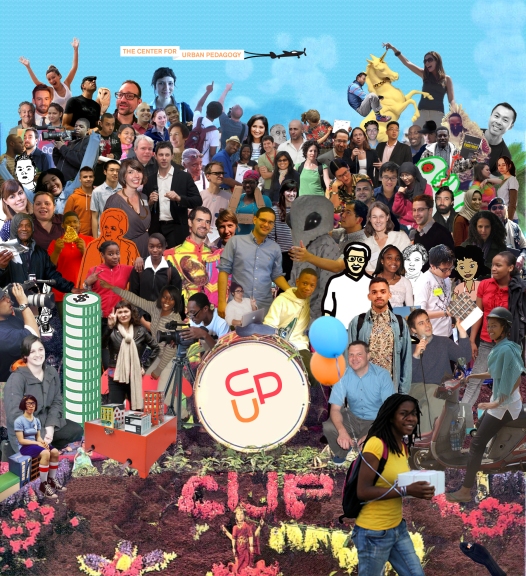

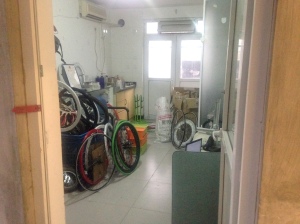
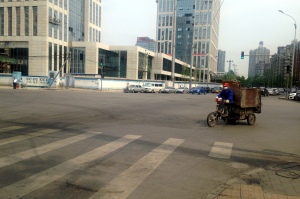
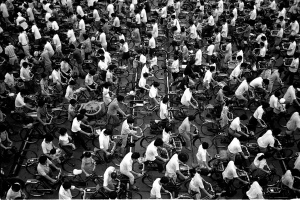

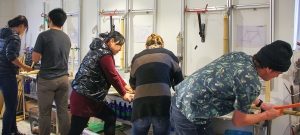
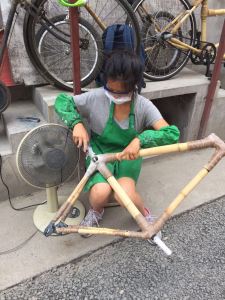
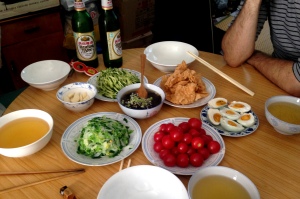
Recent Comments